We’re Losing Our Measles-Free Status in the Cleanest Era of Human History
Remove plumbing, and you get cholera. Remove vaccines, and you get measles. Both are public health infrastructure that keep us alive.
This newsletter is free, but consider supporting a biomedical scientist trying to combat the war on health by upgrading to a paid subscription:
Those of us privileged to live in a developed nation have the best sanitation and hygiene in human history.
We have potable (drinkable) water, flush toilets, running water and soap, sewage treatment, disinfectants, antibiotics, air filtration, food safety, and aisles of personal hygiene products lining store shelves that are frankly, overkill.
People in places I’ve traveled, from remote mountains in Uganda, poverty-stricken villages in northeast India, Amazonian native tribes in South America, would kill to have access to these life-saving scientific developments.
In 2023, I toured the Bwindi Community Hospital in Buhoma, at the southwest border of Uganda and the Democratic Republic of Congo. 155 open air beds serves a population of roughly 100,000 across remote villages in the foothills of the Bwindi Impenetrable Forest (now a national park for mountain Gorilla conservation).
The US is about to lose our measles-free status.
Yes, in 2025, 25 years after the US was declared free from endemic measles in what we was an historic win combating a deadly and debilitating viral illness. Now, we have backtracked decades of progress, because of science denial and anti-vaccine activism.
Twenty-five years later, we have had the first deaths from measles in a decade. We are seeing record numbers of cases spreading across nearly every state in the country. There have been 44 different outbreaks of measles in the US this year, up from last year’s record of 16 outbreaks.
There are confirmed 1,563 cases across the US, with countless more probable cases, far surpassing last year’s record year.
Why? It’s not because sanitation is failing. It’s not because plumbing stopped working. It’s not because people aren’t washing their hands, clothes, dishes.
It’s because people are no longer getting vaccinated.
Of those confirmed measles cases this year? 92% were in unvaccinated people: both children too young to be vaccinated and people who have decided not to vaccinate themselves and their children.
Anti-vaccine activists routinely claim that it is sanitation, not vaccines, that has reduced the prevalence and spread of many human illnesses. RFK Jr recently reinforced this falsehood as an official representative of the US Government. They do this to justify their choices that have global health impacts: recurrence and spread of preventable illnesses like measles, influenza, COVID-19, whooping cough.
They act as though sanitation and vaccination are mutually exclusive. They’re wrong. They have always been wrong. And this is costing people their lives.
Sanitation measures have revolutionized human health. But they aren’t a replacement for vaccination.
Sanitation refers to systems that provide clean drinking water and disposal of human waste (feces and urine). Adequate sewage and water treatment systems are critical for human health, and since their scientific development and implementation, have saved millions of lives.
In developing nations, millions still do not have these privileges, and diseases that spread from contaminated water and feces still present substantial health concerns.
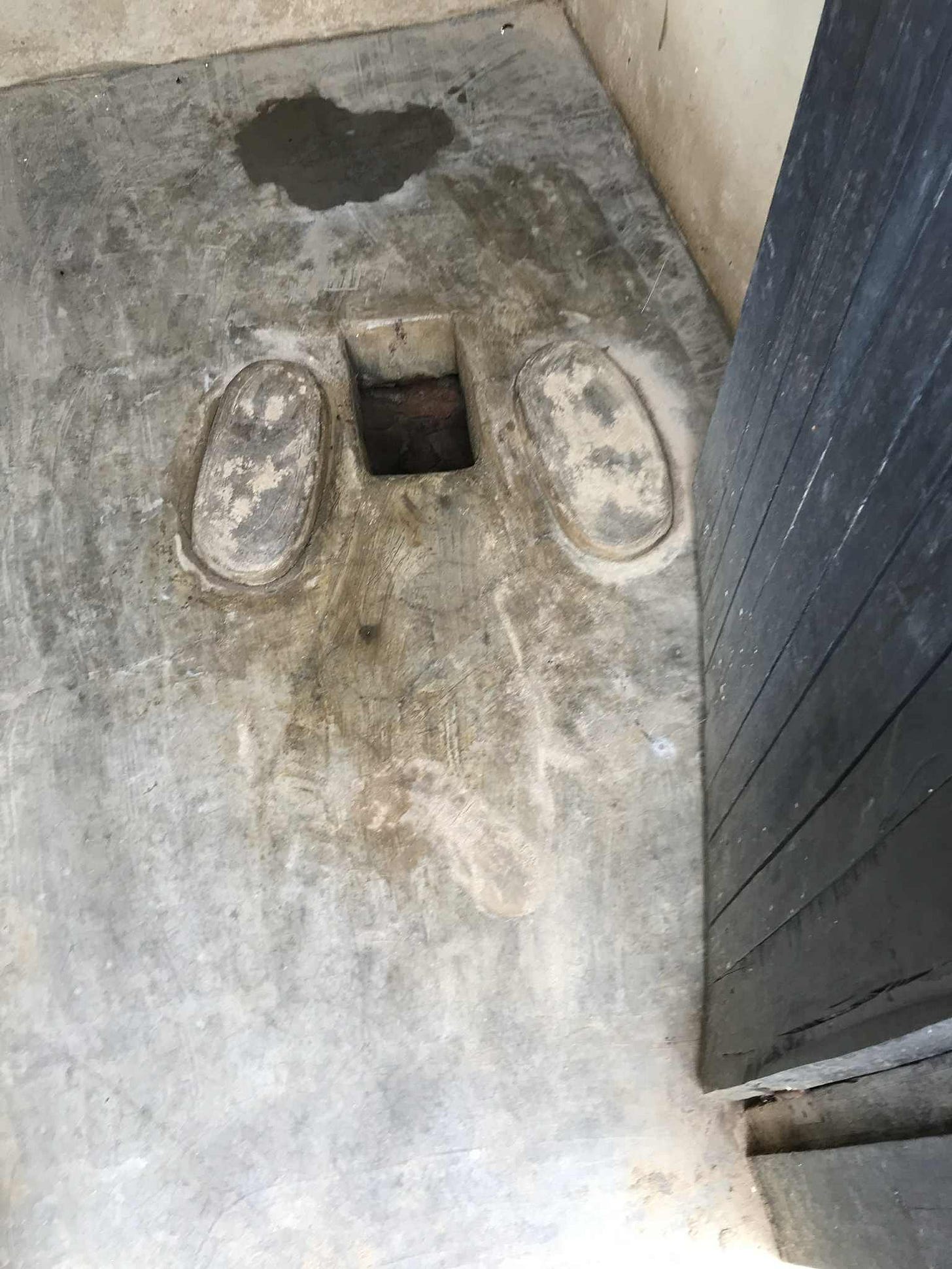
Modern sanitation involves indoor plumbing, sewer systems, and sewage treatment plants, to contain waste, remove and transport it away from your home, and consolidate and disinfect it so that it does not pose health threats. In the US, the first sewer system was built in 1855 in Chicago, starting the advent of modern sanitation.
In the US, clean drinking water is provided through a multi-step process that involves removing large particulate matter and pathogenic microorganisms, so that you can trust when you open your faucet, that water is safe from both disease and substances that can make you ill. In the US, water disinfection practices began locally in the early 1900s: in 1908, Jersey City was the first town to chlorinate water to kill pathogens.
Hygiene practices are multifactorial behaviors that keep you and your environment clean.
Personal hygiene: bathing, washing hands, washing clothing, grooming (nails, hair, etc), brushing and flossing teeth, covering coughs and sneezes, toileting hygiene, sexual hygiene, and menstrual hygiene.
Food hygiene: food preparation (washing hands and surfaces, preventing cross-contamination, washing food items), cleaning food utensils and dishes, refrigeration, freezing, and food storage, and washing hands before eating.
Sanitation and hygiene measures are significant scientific developments that address human health concerns.
No one who supports vaccines discounts the impact of sanitation and hygiene.
This nuance is ignored by anti-vaccine activists. Sanitation, hygiene, and vaccination:
Are not one and the same.
Address wildly different health needs
Are not mutually exclusive
Sanitation and hygiene measures have controlled many diseases.
Waterborne and fecal-oral diseases that spread with poor sanitation:
Vibrio cholerae causes cholera
Salmonella typhi causes Typhoid fever
Shigella spp. and Entamoeba histolytica cause dysentery
Giardia lamblia causes giardiasis (which I got several times as a child by drinking puddle water)
Hepatitis A virus causes Hepatitis A
Escherichia coli causes “traveler’s diarrhea” in developing nations that lack sanitation infrastructure
The US used to have rampant cholera and typhoid before sanitation measures were development. Most of you probably have never been vaccinated for typhoid, unless you’ve traveled to places in the world that don’t have sanitation.
Contact and fomite-borne diseases that spread through poor hygiene practices:
Norovirus causes acute gastroenteritis and is incredibly contagious, spread through contaminated hands, clothing/bedding, surfaces, and food
Hand-foot-and-mouth disease is caused by Coxsackievirus and spreads through fecal contact, nasal mucus, and saliva (why this spreads in daycares and elementary schools)
Pinworm is caused by the parasite Enterobius vermicularis, and spreads when eggs transmitted through contaminated clothing, bedding, and hands.
Diseases that spread through food product contamination, inadequate cleaning of food preparation surfaces and utensils, inadequate hand washing, and absence of pasteurization, many of which are making a comeback, thanks to the “raw milk movement” and funding cuts to our food safety infrastructure.
Listeria monocytogenes causes Listeriosis
Escherichia coli (including Shiga-toxin O157:H7)
Campylobacter jejuni, which also happens to be the number one cause of Guillain-Barré syndrome (GBS) (it’s not vaccines, y’all)
Salmonella spp
Brucella abortus
Sanitation and hygiene practices are why your tap water doesn’t given you diarrhea, why you can [generally] trust your grocery items have been processed, transported, and stored safely, and why Americans aren’t actually riddled with parasites contrary to what anti-vaccine wellness influencers claim.
Many diseases don’t care about your hygiene routine.
A common talking point among anti-vaccine circles: “We don’t need vaccines anymore because sanitation and nutrition are better now.”
This is wrong.
Most of the above examples aren’t diseases we routinely vaccinate for. Some of them, like Typhoid, do have vaccines, but aren’t part of recommended vaccines in the US, as their health burden has been controlled through sanitation and hygiene systems.
Sanitation and hygiene measures reduce the prevalence of pathogens in communities so that the likelihood someone will be exposed and get sick is minimized. They don’t prevent illness if someone does get infected.
Beyond the fact that sanitation addresses different classes of pathogens, that approach is also different than that of vaccines.
Vaccines reduce the circulation of pathogens by stopping the chain of transmission through herd immunity and prevent illness and death if someone does get infected.
Vaccines we use in the US target pathogens spread through respiratory and person-to-person routes that sanitation and hygiene can’t touch.
These include:
Measles, Mumps, Rubella, Diphtheria, Pertussis, Influenza, COVID-19, Meningococcal meningitis and pneumonia, Pneumococcal pneumonia, RSV, Poliomyelitis, Hepatitis B, and HPV.
Tetanus is not person-to-person, but the bacteria that produces Tetanus toxin is everywhere on the planet—sanitation can’t eliminate the danger.
Rotavirus spread has been partially reduced through sanitation, but disease burden, especially among young children, wasn’t impacted until vaccines became available.
You can disinfect all the surfaces you want, have the cleanest drinking water, have the fanciest toilet, and that won’t do anything to combat these diseases.
Vaccines are the tool that stop these diseases.
Measles virus is one of the most contagious human pathogens. It spreads through the air and can hang out in a room for hours after an infected person has left. It infects 90% of susceptible people exposed.
So when vaccination rates decline, that leaves the door open: more people can carry these pathogens, more people are susceptible to infection, and more people ultimately get sick—and die.
That’s why, in 2025, we breaking records left and right. But not in a good way.
Measles has officially made a comeback.
Before 1963, measles infected 3–4 million Americans every year, caused hundreds of thousands of confirmed measles cases, and killed 400–500 annually.
Did sanitation suddenly improve in 1963? No. America had modern plumbing, refrigeration, and water treatment decades before that. What changed was immunity—achieved through vaccination. 1963 was the year the first measles vaccine became available.
By the early 1970s, after widespread vaccination, measles cases dropped by over 99%.
By 2000, measles was declared eliminated from the US—meaning there was no endemic spread (within the country) for more than 12 months
And now, we are seeing all of this progress unravel.
The UK is no longer measles-free. The US, along with Mexico and Canada, will soon also be no longer measles-free.
We thought 2024 was a record year for measles here. 2025 has far exceeded that performance. As of October, we have recorded:
3 deaths, the first deaths since 2015 in the US from measles.
12% of measles cases have been hospitalized.
1,563 confirmed cases, nearly two-thirds of those in children.
In all of 2024, 284 cases were confirmed. This upward trajectory of measles has been swift, and shows no sign of slowing down—unless people take this seriously and begin vaccinating again.
It’s not just measles, either.
2025 has seen double the number of whooping cough cases compared to 2024.
Last year, 280 children died from the flu — the highest number of pediatric influenza deaths since the 2009 pandemic. The worst part? The majority of these could have been prevented through vaccination.
Vaccines eliminate disease and save lives.
What would your reaction be if someone said that we were going to do away with water treatment and plumbing in the US? That you’d be rolling a dice with the water that came out of your faucet. That you’d have to poop in a chamber pot and dump it in the street, your yard, a ditch somewhere?
You’d probably have a pretty quick, visceral reaction, right? Thinking about the risk you’d be exposed to when those scientific tools were revoked—tools that make sure your environment is safe and your health is protected, right?
Our communities don’t have rampant spread of Giardia, Shigella, Vibrio. The prevalence of these diseases are low because we have sanitation systems. But remove measures that keep those pathogens at bay, they will return. And quickly.
This is the logic used by anti-vaccine activists, who argue that vaccines aren’t necessary now because the prevalence of these vaccine-preventable diseases are low.
The prevalence is low because people are getting vaccinated. Not as many as should be—which is recurrence of previously-controlled diseases are accelerating—but still a majority.
Poliomyelitis: eliminated in the US because of vaccines. There are only 2 countries left in the world with endemic polio.
Smallpox: eradicated from the face of the earth because of vaccines.
Chronic hepatitis B: plummeted to less than 0.1% in the US because of vaccines.
Measles: was eliminated in 2000 because of vaccines.
If we stop vaccination as a public health measure, these diseases will return.
People immediately understand that consequence if they’re presented with the idea they won’t have access to water and sewage treatment. It’s why you pack your travel health kit when you go to developing nations—who don’t have those systems.
We don’t question the need for clean water, functional plumbing, or food safety regulations—because we know what happens without them. We remember that history and see them today in parts of the world still without those basic systems.
So why do people question vaccines—when we KNOW what happens without them too?
Vaccines are the same kind of infrastructure: invisible when they’re working, devastating when they’re gone.
When people say, “we don’t need vaccines anymore because rates of tetanus, polio, and chronic hepatitis are low,” they’re making the same argument as someone insisting, “we don’t need water treatment anymore because no one’s gotten cholera lately.”
Sanitation stops pathogens from spreading through our environment.
Vaccines stop pathogens from spreading among people.
Together, they form the foundation of modern public health. Pretending one can do the other’s job isn’t just ignorant—it’s dangerous.
The irony? The same people who preach “clean living” and “natural immunity” while hawking unproven wellness products are the ones undermining the single tool that protects communities: population-level immunity through vaccination.
We have the cleanest hands and air in human history—yet we’re letting one of the most preventable diseases return.
Hygiene didn’t fail. Science didn’t fail.
We failed public health—by letting ideology overrule evidence.
We all must join in the fight for science.
Thank you for supporting evidence-based science communication. With outbreaks of preventable diseases, refusal of evidence-based medical interventions, propagation of pseudoscience by prominent public “personalities”, it’s needed now more than ever.
Stay skeptical,
Andrea
ImmunoLogic is written by Dr. Andrea Love, PhD - immunologist and microbiologist. She works full-time in life sciences biotech and has a lifelong passion for closing the science literacy gap and combating pseudoscience and health misinformation. Follow on Instagram, Threads, Twitter, and Facebook, or support the newsletter by subscribing:



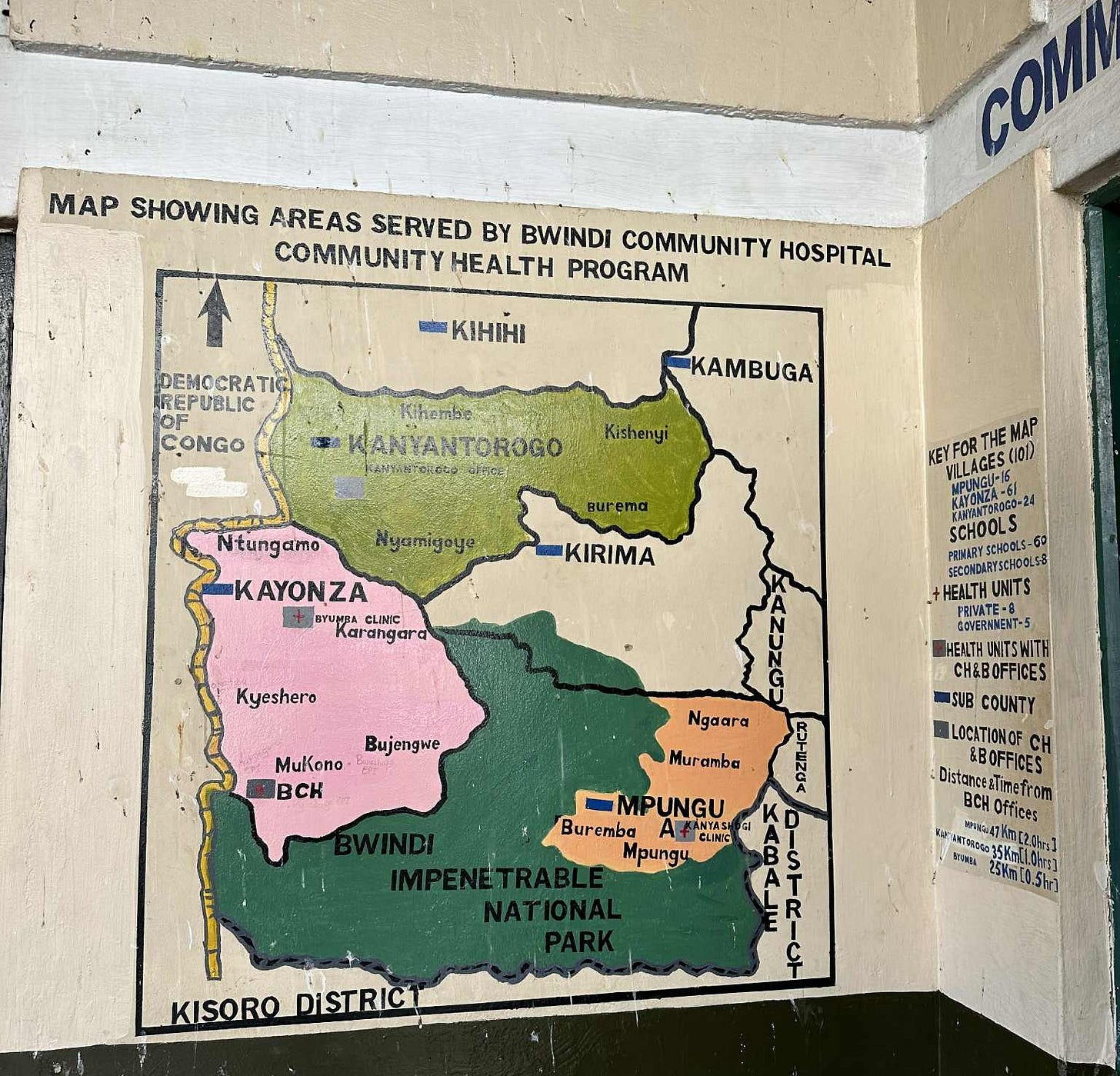
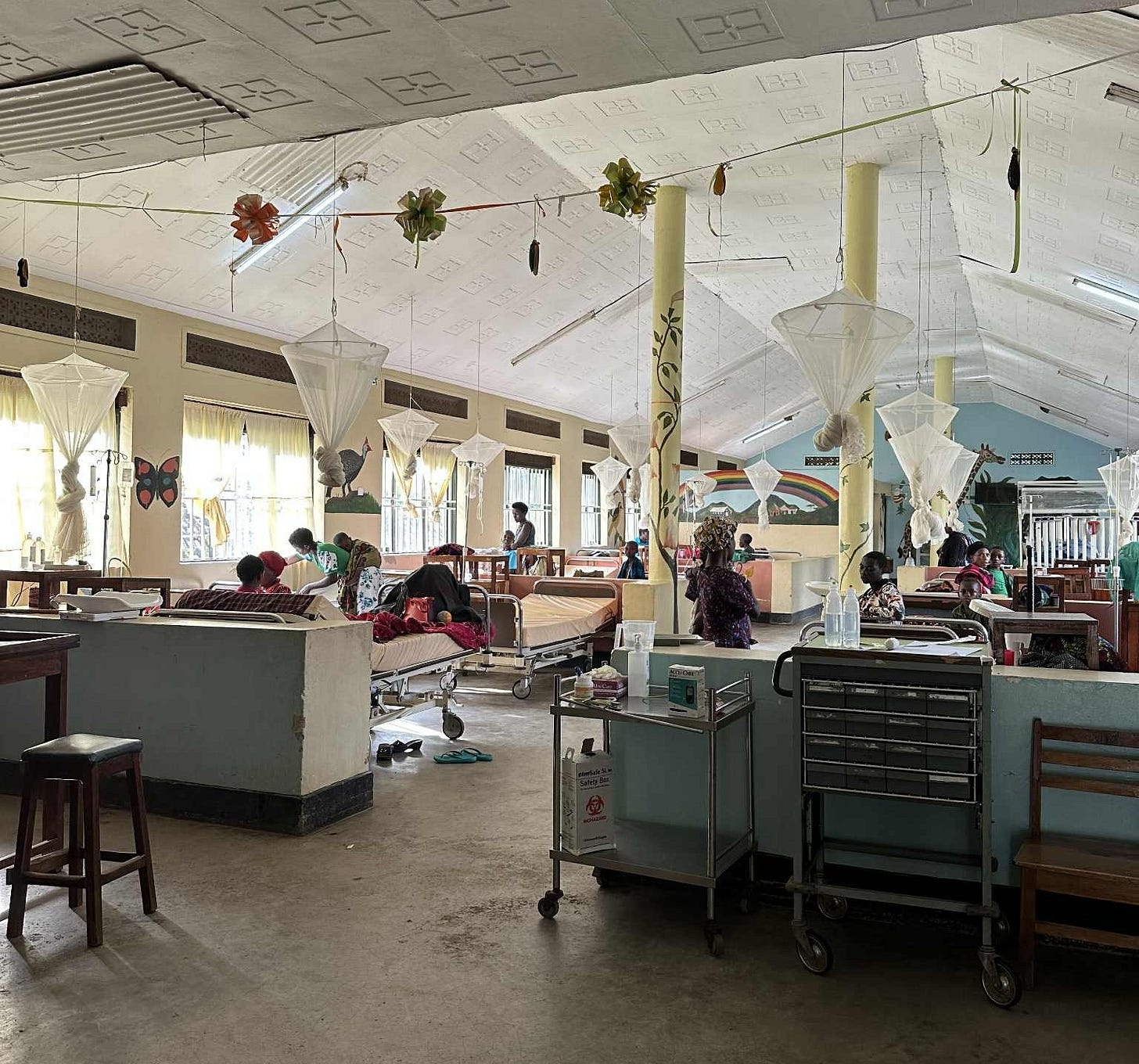
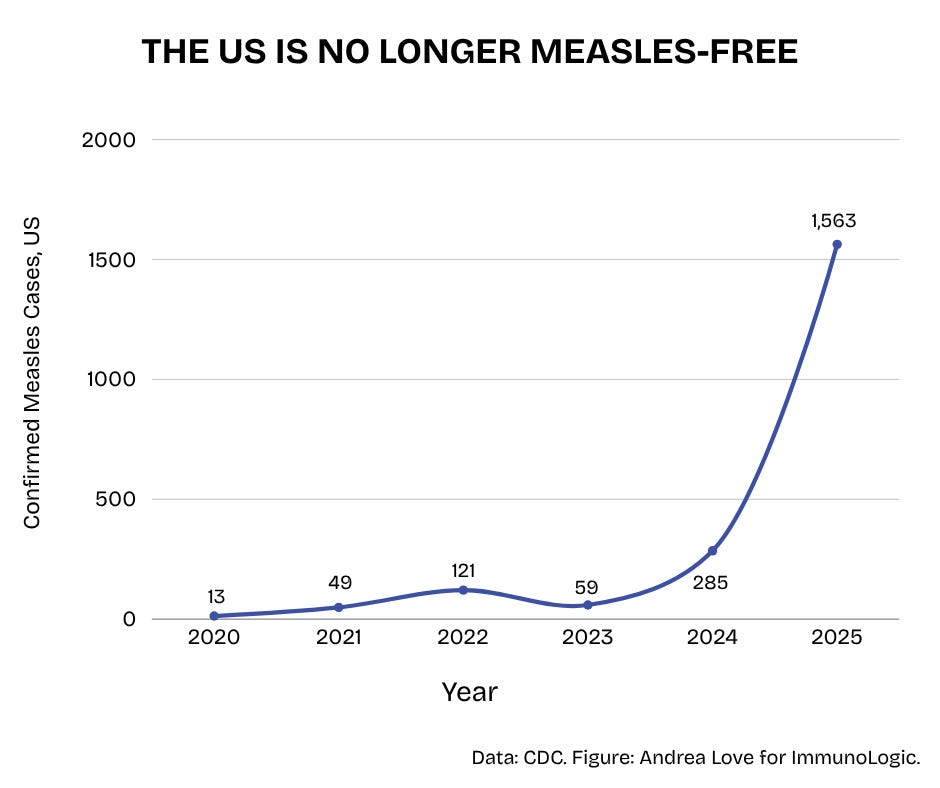
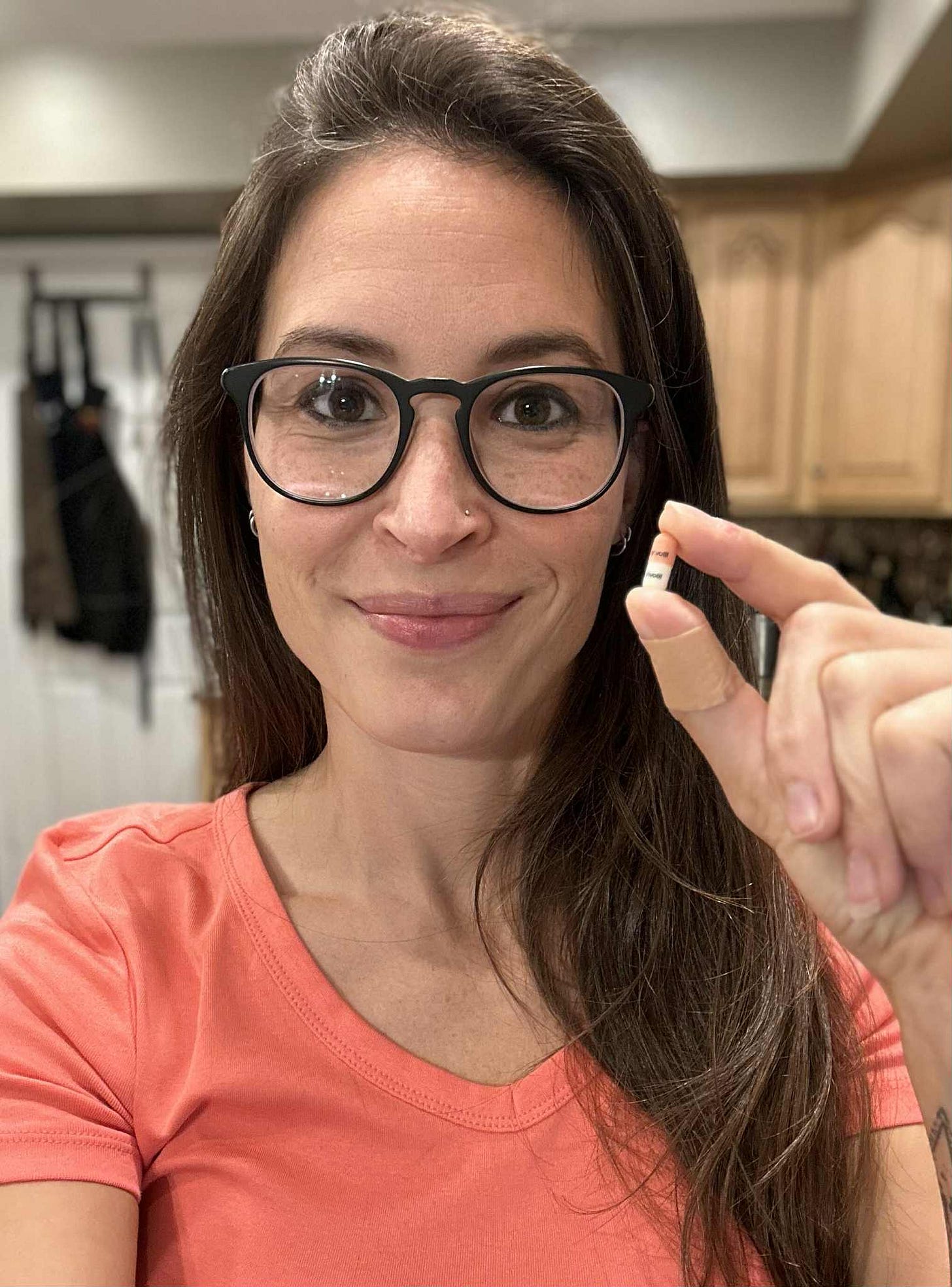
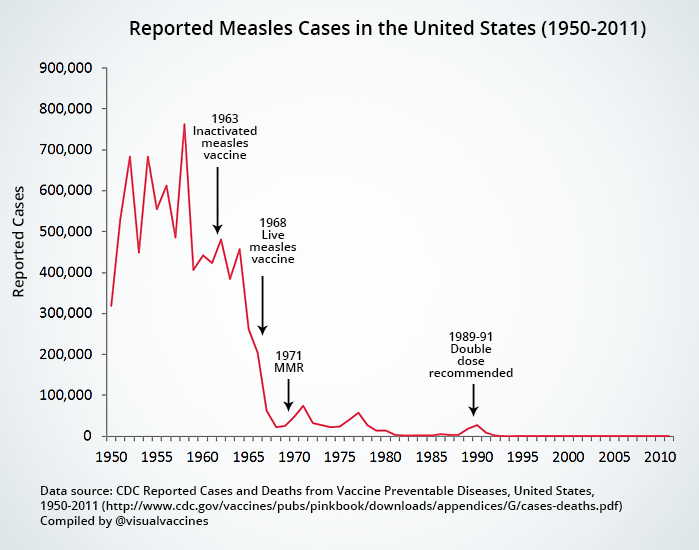
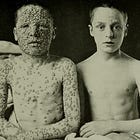
I seem to be hearing a lot lately from those who question the value of vaccines about how supporters of mainstream public health focus too much on vaccines, not giving enough credit to the extremely valuable advances in sanitation, etc. This seems to be the gist of that recent video from RFK Jr.
But I can't help but think that the reason there's so much defence of vaccines these days is because it's vaccines that are being attacked, and therefore it's vaccines that need the most vocal support and defence. And it's the very people who are now claiming that there's too much focus on vaccines who have been leading the attack on them for years and even decades!
It feels like another page from the RFK Jr. et. al. playbook, in which the likes of Makary, Bhattacharya, etc. decry the loss of trust in mainstream health-related institutions and talk about how they're trying to restore that trust, when in fact they themselves were primary contributors to the loss of trust during the pandemic.
There's gotta be an "arsonists selling (generally faulty, in this case) smoke detectors" analogy in here somewhere...
One dimension of the anti-vax movement that infuriates me is that their stubborn refusal to follow science doesn’t just harm them, it causes harm to vulnerable people who lack the protection they need - babies that are too young to be vaccinated, immunocompromised people, those going through chemo or bone marrow transplants. It feels unconscionable. If you want to make decisions that will kill you, that is your prerogative. But harming others is not my definition of freedom or decency.
I am curious about your comment about the bacteria that causes Guillain-Barré syndrome, and would love to know more about that if you have time to write about it in detail. I know several people who have suffered from that syndrome, and all claim it was caused by the influenza vaccine. They are now solidly anti-vax. For me, it seems like another “correlation isn’t causation” issue. The illustration I use is that, if someone got the flu vaccine, then was killed in a car accident on the way home, we would never say that flu vaccines cause fatal car accidents. Or maybe we now would. We are becoming unhinged.